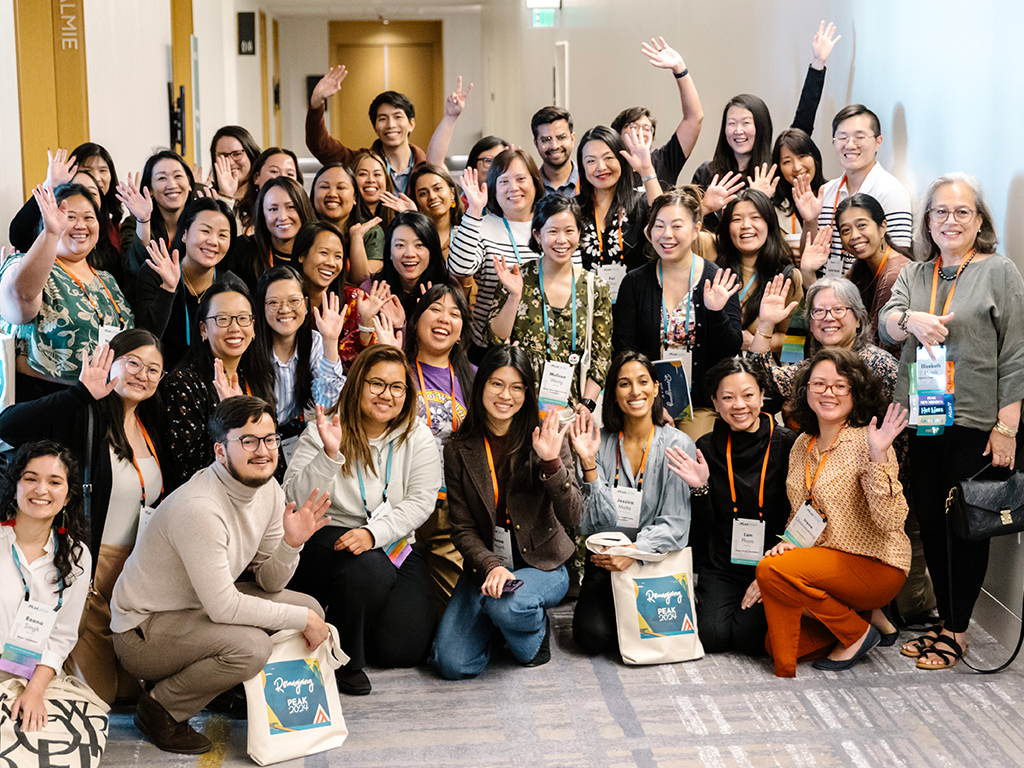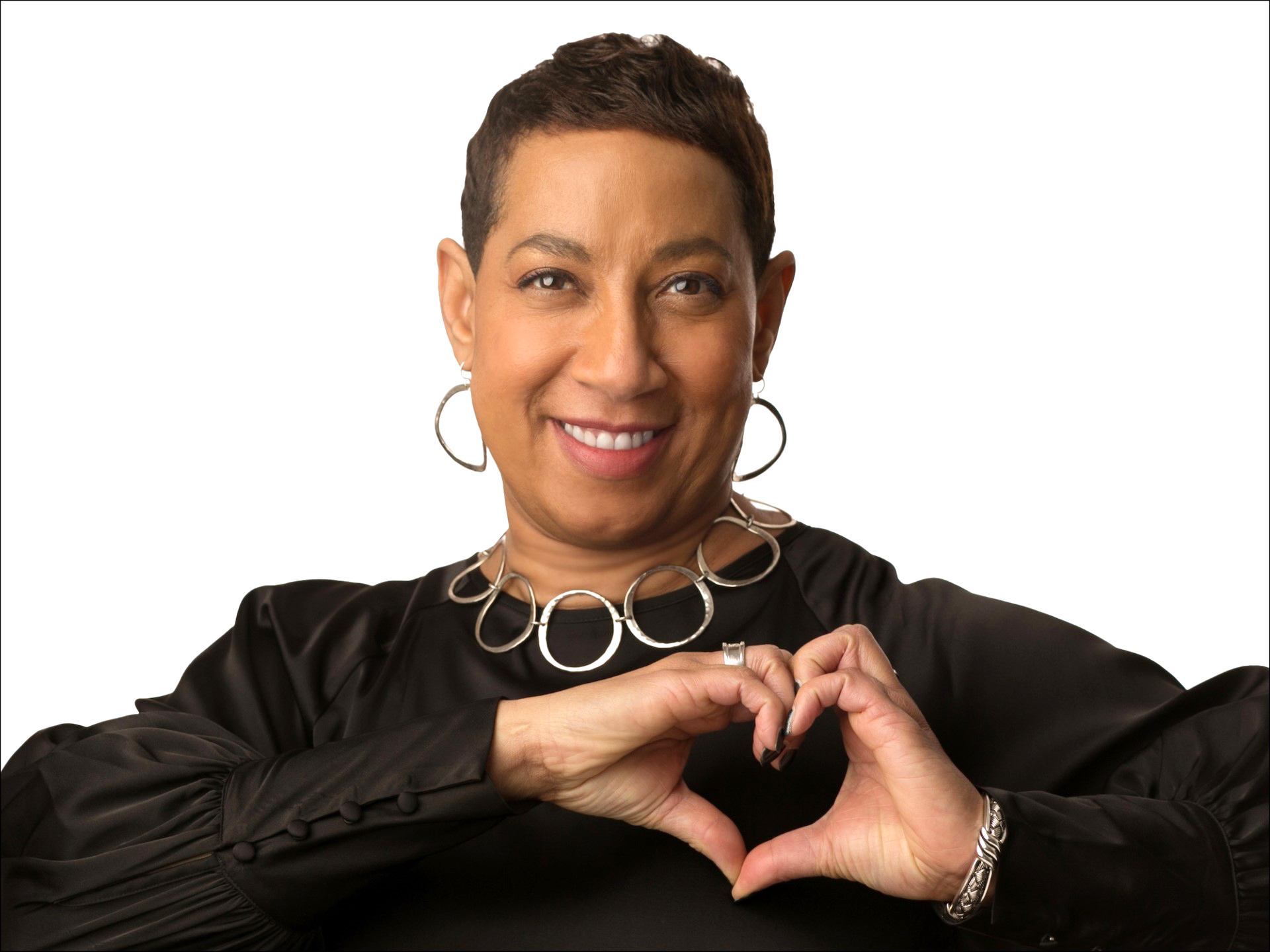Journal | Issue 16
Diversity, Equity & Inclusion
So You Want to Be a White Ally: Healing from white supremacy

White people aren’t inherently bad or broken. We are humans, born into and conditioned by a toxic culture of whiteness.
I am a person underneath my ancestors’ assimilation and my social inheritance of this culture in the United States, including the biases it seeds in me, the privileges it affords me, the realities it numbs me from, and the history and lineages it obscures.
This has been a simple but profound reckoning for me as an aspiring white “ally,” especially since I’ve spent most of my life wanting little to do with people like me or my family.
I’m a descendant of Irish, German, and Polish immigrants with deep roots in New Jersey, some going back to the 1600s. My family has next-to-no remnants of the identities and cultures that my ancestors brought from Europe. Michael Eric Dyson, a Black professor of sociology and former pastor, describes the intergenerational process of (white) Americanization as a dramatic makeover, “breaking down, or at least to a degree, breaking up ethnicity and then building up an identity that was cut off from the old tongue and connected to the new land.” This process has isolated my family in many ways.
I grew up in a rural area and small town where 90 percent of the population was white. My first significant engagement with a community of color was through elementary school friends who had immigrated from Costa Rica. Growing up together, I was fascinated by their strong community ties and the collective sense of self expressed and reinforced through their ethnicity, faith, and rich cultural traditions such as food, music, and dance. Looking back, I realize that they represented what my soul craved, but had not experienced, through white culture.
This has become clearer to me over the past 10 years, as I’ve sought out opportunities to learn about race and racism in my academic and personal life, and about diversity, equity, and inclusion (DEI) in my work in philanthropy.
I’ve met hundreds of white peers in the nonprofit sector. We try to understand the harshness of our country’s legacy of racial terrorism, and the ways it still manifests today. We work to unpack our unconscious biases, and change our behavior to minimize harm to people of color around us. We read articles and participate in book clubs. We attend trainings and pack conference sessions dedicated to DEI, courageous conversations, and power dynamics. Many of us have been fortunate to benefit from the life experiences and teachings of incredible leaders of color like Lori Villarosa, Allen Kwabena Frimpong, Kerrien Suarez, Jara Dean-Coffey, Desiree Adaway, Angela Park, Keecha Harris, Bina Patel, and Vu Le.
In our learning about the extreme harm that white supremacy enacts on Black and Brown bodies, it can be easy to get stuck in guilt and shame about whiteness. These emotions can be leveraged for important action, though I don’t believe it serves us or others to stay in them, especially when heeding important calls to “collect” and call in white friends, family members, and colleagues.
Jardana Peacock, a white spiritual teacher and student of antiracist activist Anne Braden, says she was “the girl always calling out other white people, the voice of truth and accountability,” yet she was “pushing most all of the white people away, except those more radical than myself.”
This was very much my experience, especially because I was angry.
Angry because my good intent wasn’t enough. Because the things I’d see and hear things from other white folks reflected back frustration with my own whiteness. Because if I was going to hold myself to high standards, then others like me should, too. Because we need change now, and I wanted other white people—especially those I love—to understand that the same way I did.
I was so self-righteous that a mentor said I was like rushing water, trying to push people against their will. How could I become like a flowing river, to instead bring people along with me?
One teacher who has supported me in this is Sandra Kim, founder of the online platforms Everyday Feminism and Re-Becoming Human. Sandra talks about how we must build the emotional and spiritual capacity of white people to care for the pain of internalized white supremacy so that it can be transformed into a compassionate call to action.
Sandra describes compassion as a naturally arising human response in the presence of pain—one that is stunted by our unconscious conditioning. To help people like me identify our normalized wounds, she defines the core pains of whiteness as
- disconnection from the reality of white supremacy, and therefore from people of color and white people with different racial consciousness;
- disconnection from ourselves, especially from our bodies, hearts, and spirits;
- disconnection from our lineages, including blood, ethnic, spiritual, and land ancestors; and
- disconnection from nature, including the land, water, animals, plants, minerals, and our natural rhythms.
That’s why she connects our desire to hold deeper compassion for others with the need for us to deepen our containers for our own pain first. So many of us see fires around us and want to help, but we often only add to the flames because we’re on fire ourselves. We have to acknowledge and care for these pains.
Edgar Villanueva, a longtime grantmaking practitioner and Native American leader, offers similar recommendations regarding our full, feeling selves. In his seminal book, Decolonizing Wealth, he says, “Settlers and their descendants have to grieve the lives of their ancestors, the culture that made their domination and exploitation even imaginable, possible, and acceptable. What confused, numbed, dissociated hell it must have been, on a deep level, even if they enjoyed benefits on other levels. Hurting people hurt others.”
Combined with ongoing education and reparations, I believe that one of the most powerful things that people of European descent like me can do is to reckon with how white supremacy has dehumanized us and our families in these ways, and identify our own stake in racial justice. Questions that have guided me in this include:
- What can healing look and feel like for white people, so that we can show up in multiracial workplaces and social movements in more effective, grounded ways?
- How can we recognize and treat white “fragility” as a trauma response to generations of isolating individualism and disconnection from our shared humanity?
- What is our north star for a different way of being—not just doing? And not just as white people, but as humans?
Resmaa Menakem, a Black therapist and social worker who specializes in trauma work, says that the place to start is with our bodies, which must integrate both our learning and our unlearning. He writes, “We’ve tried to teach our brains to think better about race. But white-body supremacy doesn’t live in our thinking brains. It lives and breathes in our bodies.”
One venue where I’ve found a deep community of practice for ancestral healing and reembodiment has been with the Healing Team of the DC chapter of Showing Up for Racial Justice (SURJ). Together, we experiment with dialogue, reflection, ritual, and more holistic ways of being. Conscious breath, mindfulness, song, and movement have all been powerful practices for reconnecting with my body, voice, and emotions, and for holding space for those of others.
This approach to anti-racism has helped me peel back the layers of my anger to find pain, loneliness, and grief over the loss of community, culture, and identity in my lineage. It has provided more space for joy in my life and relationships with other white people, like the Healing Team, as well. Lebanese poet Khalil Gibran beautifully described this when he wrote, “The deeper that sorrow carves into your being, the more joy you can contain.”
Now when anger arises within me, I’m able to see it as an indication that something has been broken, such as an explicit agreement or an unspoken value that I hold. I’m better able to treat myself and others with compassion, and to give and receive feedback. This has strengthened my ability to engage with others around issues of race and racism in my family and my work; for example, in organizing caucuses with white peers in philanthropy. I also continue to take educational courses like “Roots Deeper Than Whiteness” with White Awake, and I donate monthly to local groups like the Diverse City Fund, where I served on the Board of Instigators for three years.
I encourage you to find your own community of practice, and I invite you into relationship. I believe this work can help move us beyond white-savior charity mindsets and performative allyship, and build a foundation for more authentic, accountable relationships and collective liberation.
In the words of Richael Faithful, a Black healing justice practitioner whose teachings have influenced my life, “Ending white supremacy is as much about humanizing people of color as it is about reclaiming whites’ own humanity.”
Thank you to Richael Faithful, Sandra Kim, Jennifer Lockwood-Shabat, Jina Song Freiberg, the SURJ DC Healing Team, and PEAK Grantmaking for their support with this piece.
Photo credit: Rob Ferrell Photography
Resources and organizations that might support you:
- “White Supremacy Culture” by Tema Okun
- “Undoing Racism” workshop from the People’s Institute for Survival and Beyond
- “Allyship” workshop from Service Never Sleeps
- White Ally Toolkit by David Campt
- “Beyond Lists: On White Allyship and Reparations” by Karen Pittelman
- “White People in Philanthropy—This Is Our Move” by Pamela Shifman
- Paying Attention to White Culture and Privilege: A Missing Link to Advancing Racial Equity by Gita Gulati-Partee and Maggie Potapchuk
- “Grieving the White Void” by Abraham Lateiner
- “Whiteness on the Couch” by Natasha Stovall
- Human Ecology of Racism (H.E.R.) by Richael Faithful
- “Healing from Internalized Whiteness” course from Sandra Kim
-
- “Roots Deeper Than Whiteness” by David Dean
-
- “The Vast and Beautiful World of Indigenous Europe” by Lyla June
-
- “The Maturation of a White Ally” by Mushim Patricia Ikeda


